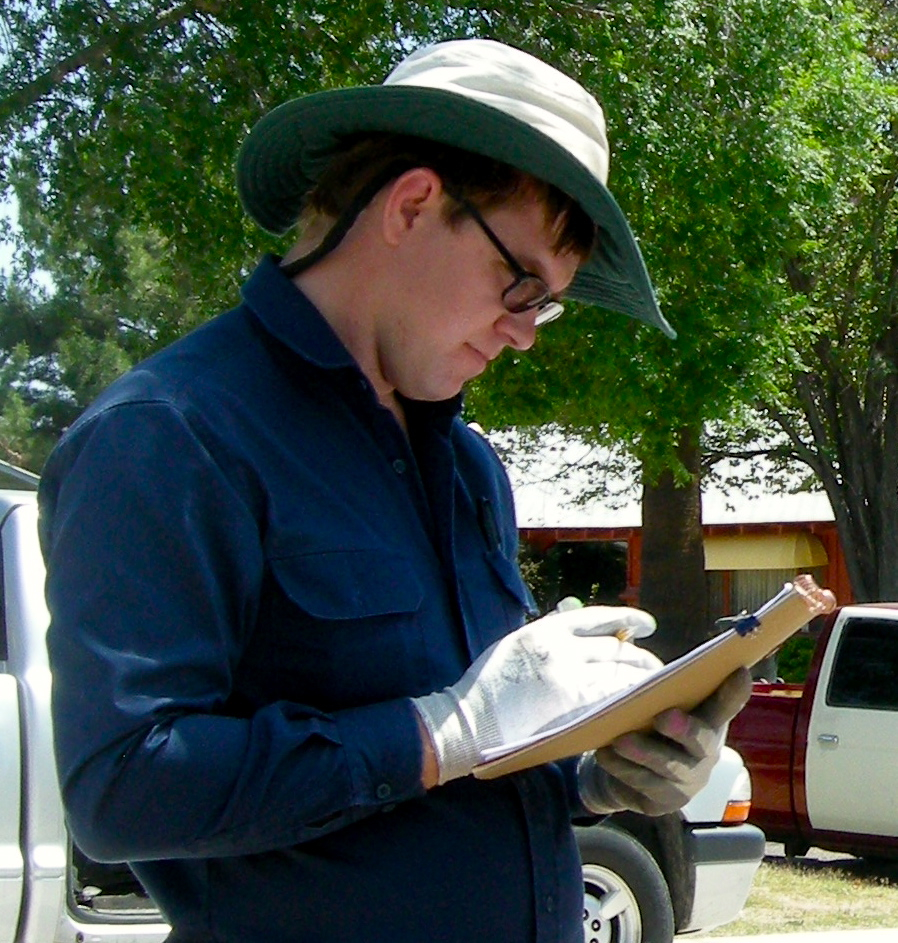Early Detection of Sudden Crown Drop (SCD) in Date Palms (#33)
Accidents involving sudden crown drop of palms appear to be on the rise, and improved techniques are needed for early detection of these potentially disastrous incidents. The traditional technique of sounding and probing palm trunks is limited to detecting decay near the surface. Furthermore, results, which can vary depending on technician skills, are not quantifiably recorded.
While a sounding mallet and ice pick are still valuable as initial basic screening tools, improved tools that quantify palm trunk decay while recording data for later use are now available.
The combined use of acoustic measurement and high-sensitivity resistance drilling is a natural fit. Single path stress wave timing can serve as an in-depth addition to sounding, while effectively quantifying palm trunk cross-section integrity.
Single wave acoustic testing can also be used as an initial screening to justify the use of and help guide the insertion points of resistance drilling, a more invasive technique that can locate pockets of decay next to healthy tissue.
Resistance drill technology has made recent advances, including improved sensitivity regulation, digital recording, data scaling, and review. These improved tools may be useful in identifying areas of palm trunk de-cay while quantifying and recording trunk integrity.
To better understand how these tools can be used to evaluate palms, an IML Electronic Impulse Hammer, an IML Resi-F400 resistance drill, and a pair of Haglöf precision calipers were used to evaluate a series of mature date palms (Phoenix dactylifera) in Glendale and Scottsdale, Arizona.
 2015 ISA Conference (Florida, USA)
2015 ISA Conference (Florida, USA) 